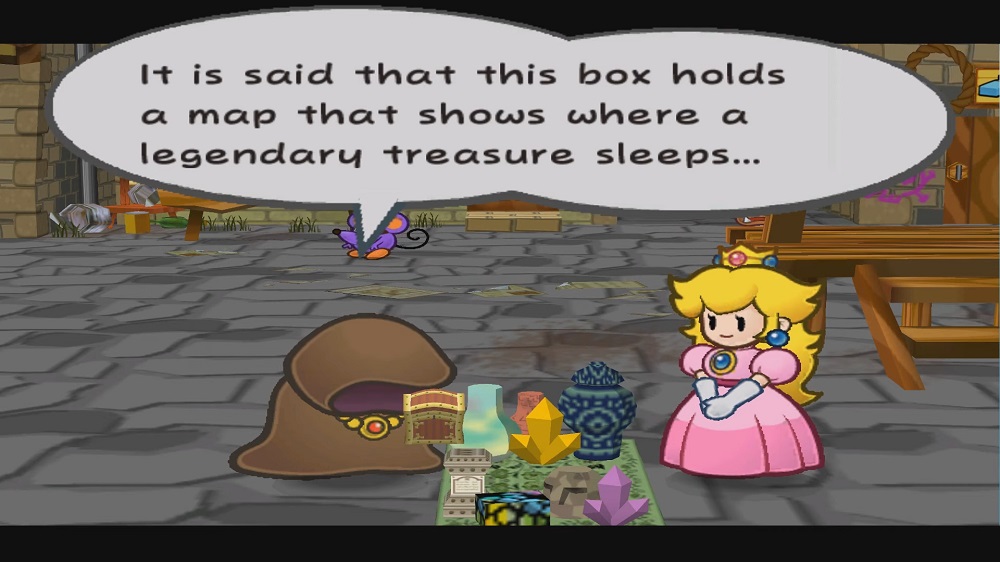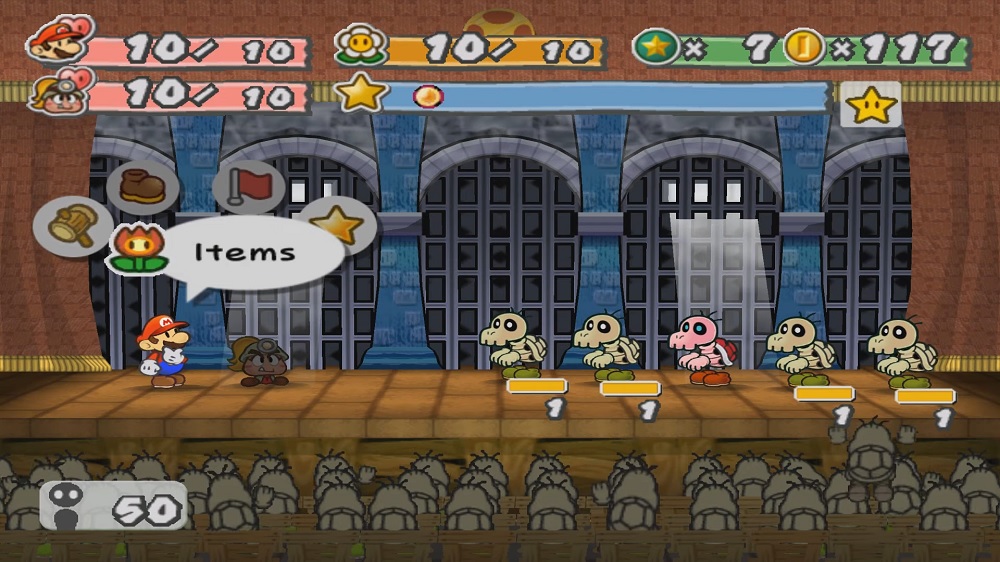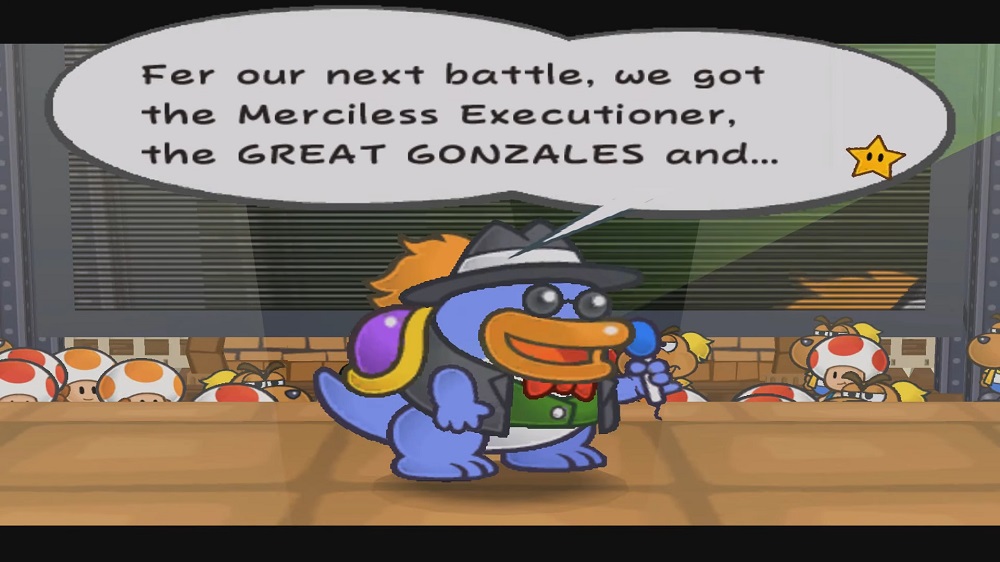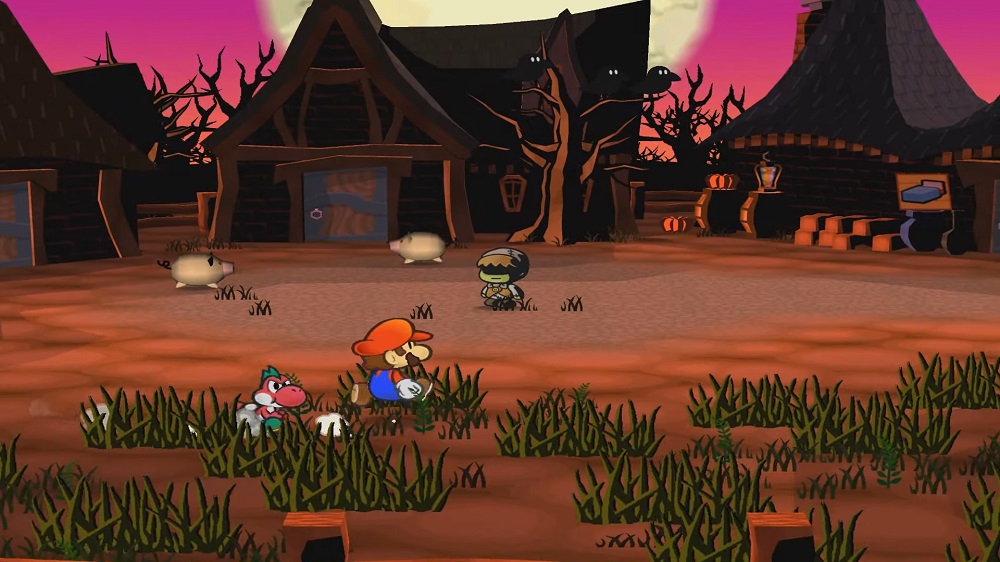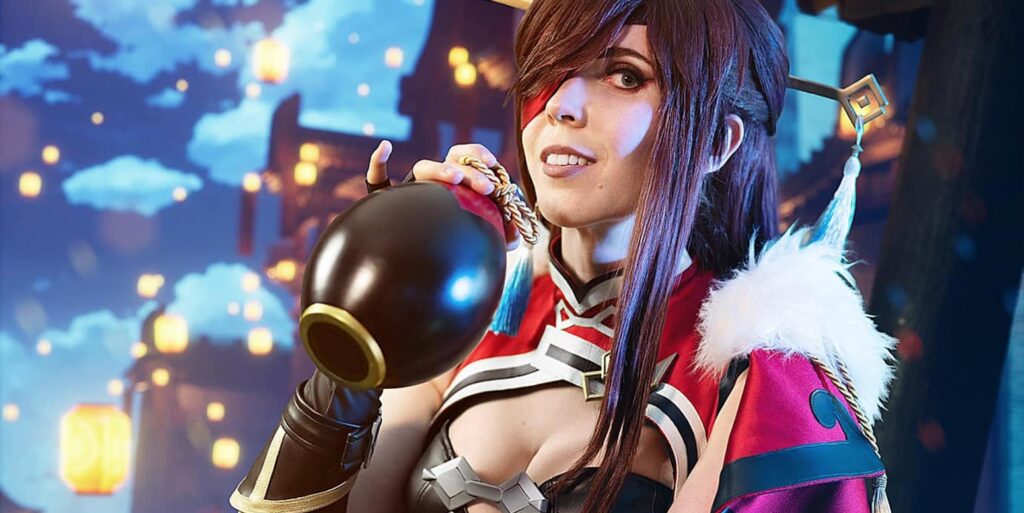‘Paper Mario: Thousand-Year Door’ is Nintendo RPG at Its Best
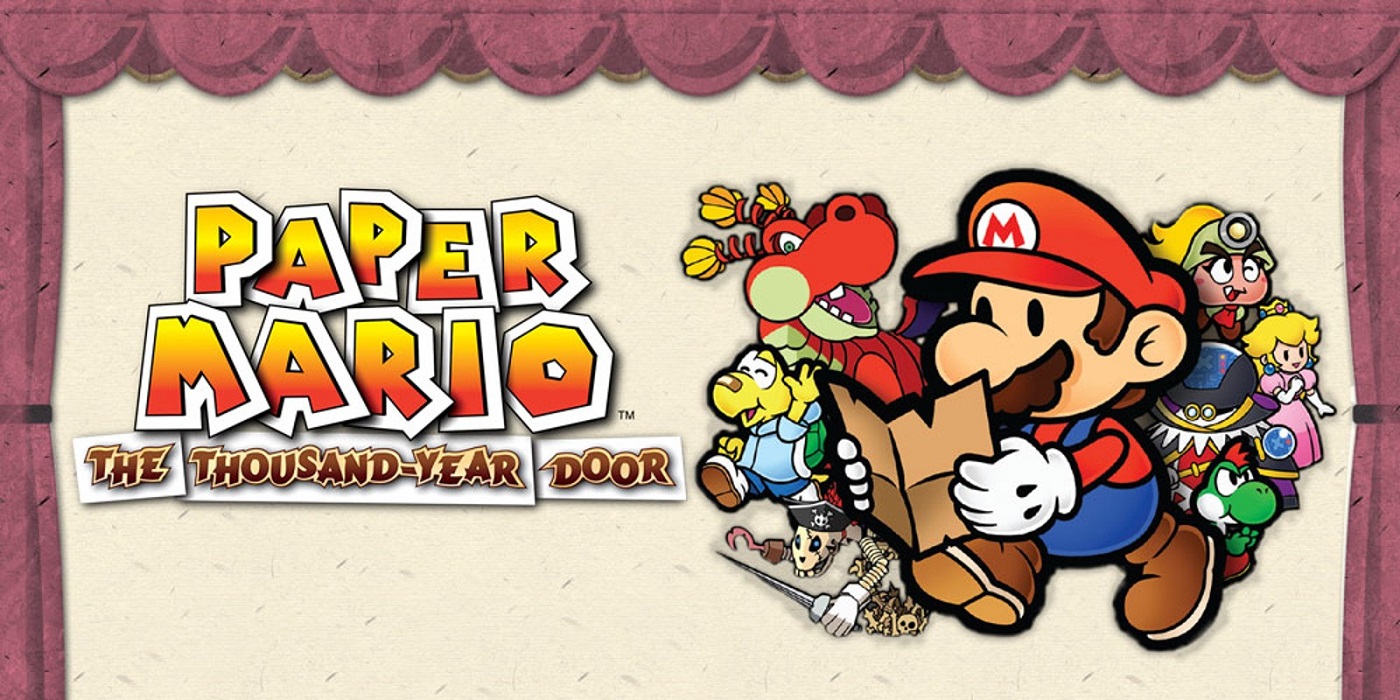
Paper Mario: Thousand-Year Door is celebrating its 18th birthday. So we’re taking a few minutes to reflect on just how great of a game it is.
When discussions arise of the best video game console ever, the Nintendo GameCube is often pretty high up on the list. When discussions arise of the best GameCube games ever, Paper Mario: The Thousand-Year Door is often pretty high up on the list.
It’s never easy to pinpoint exactly what elements make a game great. But on the 18th anniversary of its release, let’s try to break down why Paper Mario: The Thousand-Year Door is so beloved. There must be some reason people will pay so much for it.
The Flow of the Plot
A lot of RPGs will have the player scour the land in search of ancient and sacred MacGuffins. Paper Mario: Thousand-Year Door does this as well. So, why does it work here?
The plot does occasionally lean on “And then this happens” to move forward. But for the most part, each chapter flows well into the next.
Each of the main gameplay sections is interwoven with sections where the player takes control of Princess Peach or Bowser. While this is mostly just a capstone for each chapter, it adds some spice to the flow and gives the player a different side story to manage as well.
Additionally, the plot overall is got a decent amount of mystery behind it. There are plenty of questions driving the player forward, with curiosity to find the answers. By contrast, Super Mario RPG for SNES is also a fantastic game, but the “plot” feels more like an avenue by which to reach the ending.
So while Super Mario RPG is more about getting to the destination, Paper Mario: Thousand-Year Door is happy to dwell in its journey as the mystery unfolds.
Likable Environments and Characters
Each chapter in Thousand-Year Door is unique enough to be an entirely separate game. They feel distinct not only in their look, but their presentation, their music, their characters, and the attitudes of those characters. The locations themselves are as well written as the characters who live in them.
Many RPGs are set on making their world cohesive. At first glance, this makes sense. Skyrim should all be snowy, mountainous, and forested. It’s in a snowy, mountainous, and forested region of a larger world.
Paper Mario: Thousand-Year Door doesn’t care about that. Mario’s got warp pipes. He can be anywhere. And anywhere he goes. Dingy seaside town, a fancy train, a pro-wrestling arena, a spooky ghost town, and the moon! Because each location is so wildly different from the one before it, the player is excited to start each chapter just to see where it takes them.
BADGES!
The badge system is fantastic. In a game without distinct classes, the badge system gives the player a way to really play how they want. Various combinations of badges and upgrades let one player focus on high-damage hammer attacks, while another can focus on multi-jump attacks on several enemies at once.
This is by no means a perfect system, but no one who has played Thousand-Year Door can claim they don’t get excited when they pick up a new badge.
Paper Mario: Thousand-Year Door is Nintendo at its peak of making RPGs. They found a great balance between action/adventure and RPG elements. Then, add on a unique visual style that integrates mechanically into the game, lovable characters, memorable locations, and a story you’re excited to follow and you have the makings of a hall of fame classic game.

